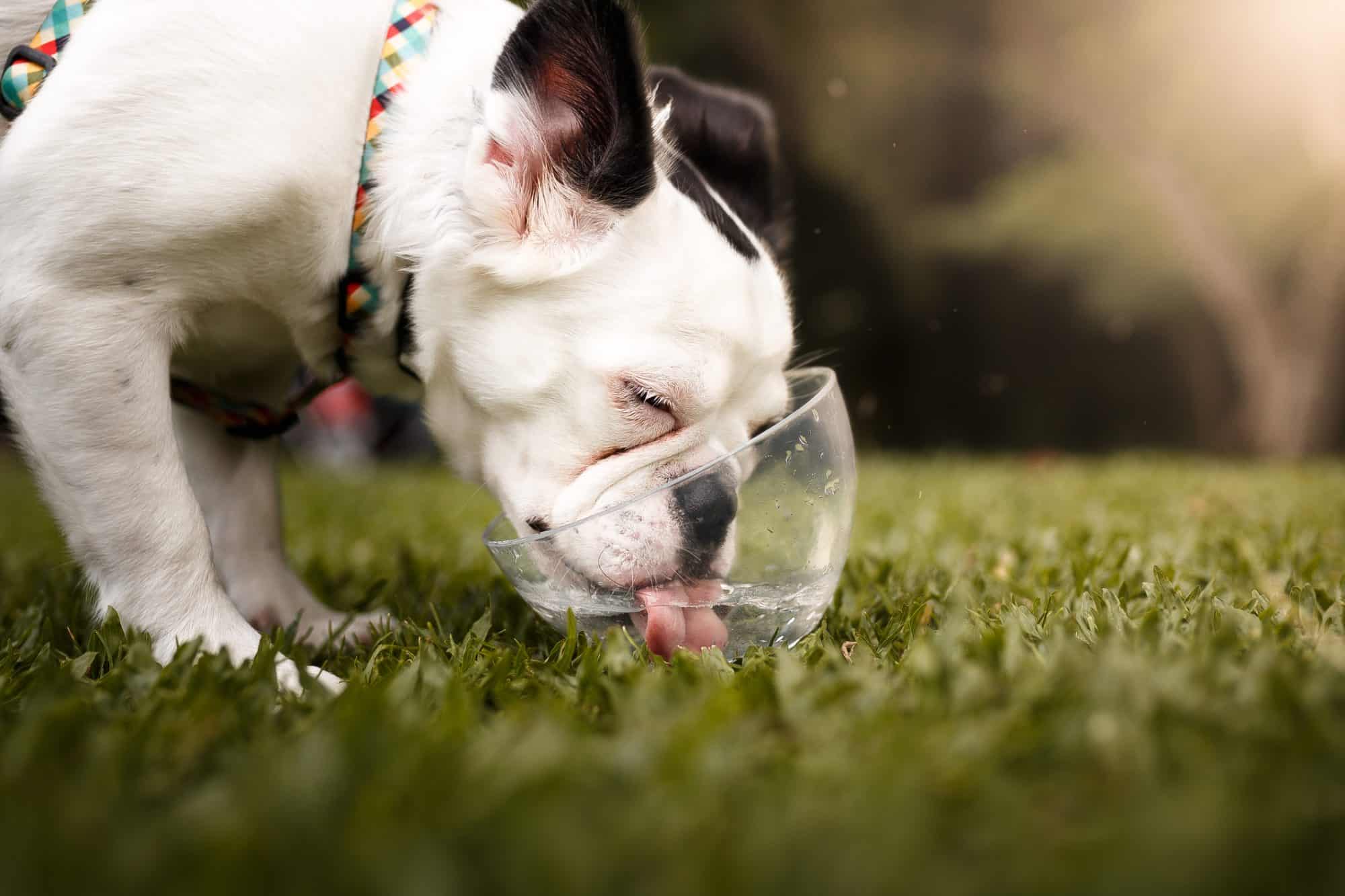Tips For Keeping Your Dog Safe This Summer

Hot weather can be uncomfortable for us, but it poses unique risks for dogs.
This blog post will walk you through recognizing the signs of heatstroke in pets and provide tips for keeping your dog safe this summer.
Heatstroke in Pets
Heatstroke can be a serious risk for pets during the summer months, particularly for those who love spending time outdoors. Knowing how to recognize heatstroke in pets is crucial for any pet owner.
Here are some signs to watch for:
- Excessive panting or difficulty breathing: These are often the first signs that a pet is too hot.
- Increased heart and respiratory rate: These symptoms can escalate quickly if the heatstroke progresses.
- Drooling, mild weakness, stupor, or even collapse: These are signs that the situation is becoming dire.
- Seizures, bloody diarrhea, and vomiting, along with an elevated body temperature of over 104°F: These symptoms indicate severe heatstroke.
Understanding the signs of heatstroke in pets is essential for taking swift action. Pets may display a combination of these symptoms, which should prompt immediate action to cool them down and seek veterinary care.
Preventing Heatstroke
Preventing heatstroke is key to ensuring your pet can enjoy the summer safely. Here are some tips to help protect your pets from the heat:
- Provide plenty of shade and water: Always ensure your pet has a cool, shaded place to rest and access to fresh water.
- Keep them indoors during peak heat: It’s safest to keep pets inside on particularly hot days, ideally in an air-conditioned environment.
- Exercise during cooler parts of the day: Your pet will be more comfortable on early morning or evening walks.
- Never leave your pet in a parked car. Car temperatures can increase rapidly, leading to a high risk of heatstroke within minutes.
Special Considerations for Various Pets
Different pets have unique needs when it comes to heat tolerance. Older pets, puppies, and dogs with thick or dark-colored coats are especially susceptible to heat. Breeds with short noses, such as bulldogs, pugs, and Persian cats, also face higher risks of heatstroke due to their breathing difficulties.
Here’s what you can do:
- Monitor vulnerable pets closely: Be extra vigilant with pets that have health conditions or are of breeds particularly affected by the heat.
- Adjust activity levels: To avoid overheating, tailor your pet’s exercise routine based on its age, health, and breed-specific needs.
- Consult your vet for tailored advice: Regular check-ups can help you understand how to better care for your pet during the heat, taking into account their specific health and breed characteristics.
By considering your pet’s individual needs, you can ensure that they stay cool and comfortable throughout the summer.
When to Seek Help
If you suspect your pet is suffering from heatstroke, act quickly. Move your pet to a cooler area immediately and apply cool (not cold) water to help lower their body temperature. Offer them small amounts of water to drink, and take them to a veterinarian immediately.
The Bark Park Pet Resort and Daycare offers care tailored to each pet’s unique requirements. We also have a passionate and educated staff to ensure your pet’s safety during their stay with us. Call us to make daycare or boarding arrangements for your pet. We wish you and your pets a safe, fun, and happy summer!
